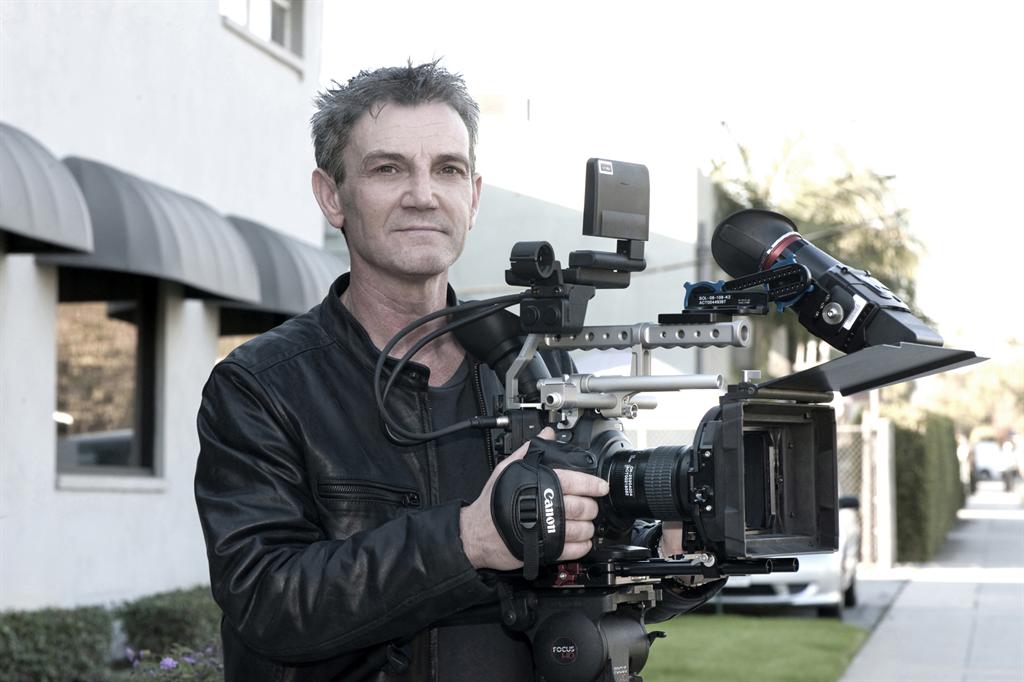Canon Zooms Into the North American Eagle Project

GREAT NECK, N.Y.—Paul Rees documented a U.S.-Canadian initiative to challenge the world land speed record for rocket-powered automobiles.
Rees used the Canon’s EOS C300 digital cinema camera in Oregon’s Alvord Dry Lake Bed, a 12-mile-long salt flat where rocket-powered cars have broken the sound barrier.
The documentary is the brainchild of engineer Ed Shadle, who has spent the past 13 years building the North American Eagle, a wingless 1950’s Lockheed F-104A Starfighter jet on wheels. Shadle (who is also the driver), his collaborators and sponsors seek to break the world land speed record, held by a British team since 1999.
“This desert is coated with alkali dust and a couple of the other cinema cameras I used took in dust through their air intakes and overheated,” Rees said. Canon’s cooling design for the Super 35mm CMOS Imaging Sensor in the EOS C300 features an isolated sealed duct system. This prevents incoming air from spreading dust or foreign matter through the interior. The design also includes a quiet fan to avoid in-camera audio recording problems.
Rees said they also brought the camera in a helicopter to shoot 100 feet above the North American Eagle. “We also used the EOS C300 camera on a gyro-mount on a pursuit vehicle driving alongside the North American Eagle car.”
Rees credits the low-light imaging capabilities of the EOS C300 digital cinema camera for capturing a scene to document the camaraderie. The Canon Super 35mm CMOS Sensor is engineered to deliver full 1920 x 1080 HD images. Combined with its Canon DIGIC DV III Image Processor and a 50 Mbps 4:2:2 MPEG-2 codec, the EOS C300 camera provides a selectable ISO range up to 20,000.
Accurate assessment of picture quality, composition, focus and color is accomplished using its built-in 0.52-inch, 1.55-megapixel adjustable-angle color electronic viewfinder. A removable combination control panel and 4-inch 1.23-megapixel LCD provides additional convenience.
“I prefer to rely on the EVF because of my background in stills, and the EVF diopter is adjustable plus or minus three,” said Rees. “The rubber eye cup seals out any stray light and all technical information can be hidden, leaving you free to go into your own visual world.”
The monitor can also display a waveform monitor, vectorscope and other screens.
The EOS C300 camera also has built-in ND up to six stops.
In post-production, the camera employs the industry-standard Material eXchange Format. The EOS C300 can be set to record in Canon Log, a gamma setting that is provided with the camera and helps to ensure capture of the full 12 T-stop exposure latitude of which the camera is capable. This image-data capacity provides the film-style dynamic range between shadows and highlights.
Get the TV Tech Newsletter
The professional video industry's #1 source for news, trends and product and tech information. Sign up below.
